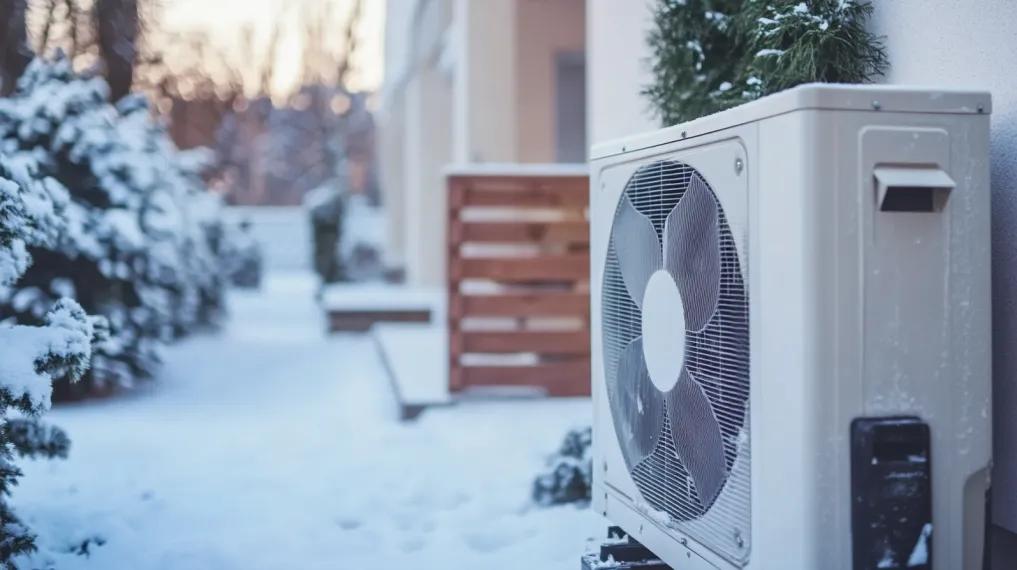HVAC Industry Trends Homeowners Need to Know About

The HVAC industry is always evolving, especially as new technologies, environmental concerns, and customer preferences shape the landscape. As a homeowner, staying informed about these trends can help you make smarter decisions about your home’s comfort system. Whether you’re thinking about upgrading your HVAC unit, planning for repairs, or simply staying ahead of the curve, HVAC.com breaks down the biggest HVAC industry trends that every homeowner should know about.
The Shift to Eco-Friendly Refrigerants
One of the most important upcoming HVAC industry trends is the phase-out of R-410A, a refrigerant that has been widely used for years. Although R-410A was introduced as an environmentally friendlier alternative to older refrigerants, it’s now being phased out due to its high global warming potential (GWP).
R-410A became the go-to refrigerant for HVAC systems in the early 2000s because it doesn’t harm the ozone layer like older refrigerants. However, while it’s ozone-friendly, R-410A has a high GWP, which means it still contributes to global warming when released into the atmosphere.
Starting in 2025, manufacturers will no longer be able to produce HVAC systems using R-410A. New systems will use next-generation refrigerants like R-32 and R-454B, which have much lower GWPs. These new refrigerants are better for the environment while still offering the cooling performance needed for modern HVAC systems.
Rising Energy-Efficiency Standards
As of January 1, 2023, new SEER standards went into effect across the country. In northern states, the minimum SEER rating for new air conditioners increased from 13 to 14, while in southern states, the minimum SEER increased from 14 to 15. Heat pumps also saw efficiency improvements with updated SEER and HSPF standards.
Since the SEER standards increased in 2023, there has been a noticeable trend toward more energy-efficient HVAC systems. Homeowners and manufacturers alike are prioritizing systems that go beyond the minimum requirements, so the HVAC industry trends toward units with even higher SEER ratings. This shift is driven by regulations as well as the growing awareness of energy conservation, cost savings, and environmental responsibility.
As a result, more people are opting for high-efficiency HVAC systems that offer better performance, lower utility bills, and reduced carbon footprints, reflecting a broader industry-wide push toward sustainability and innovation.
Cold Weather Heat Pump Improvements
Cold weather heat pumps are growing in popularity, especially in regions that experience harsh winters. Heat pumps have been known to be less effective in freezing temperatures, but advancements in technology have changed that. New cold climate heat pumps operate efficiently even in sub-zero temperatures, providing reliable and efficient heating without the need for a backup heating source.
The growing demand for cold weather heat pumps is part of a broader trend toward energy-efficient, eco-friendly heating solutions. With the added benefit of providing year-round comfort by doubling as air conditioners in the summer, these heat pumps are quickly becoming a preferred choice for homeowners in colder climates.
Smart Thermostats Are More Mainstream
Smart thermostats have moved from a luxury gadget to a mainstream necessity in many homes. As homeowners seek better control over their energy usage and comfort, these devices have surged in popularity. Smart thermostats allow users to remotely control their HVAC systems through smartphone apps, learn personal preferences, and optimize heating and cooling schedules for maximum efficiency.
With features like voice control, energy usage reports, and compatibility with smart home systems, smart thermostats are making it easier than ever to maintain a comfortable home while saving on energy bills. Their convenience and efficiency make them a must-have in modern HVAC systems.
The Push Toward Home Electrification
The government’s push toward home electrification is reshaping HVAC industry trends in significant ways. With initiatives aimed at reducing carbon emissions and transitioning away from fossil fuels, many federal and state programs are encouraging homeowners to electrify their homes.
This movement has led to a surge in demand for electric heating and cooling systems, particularly heat pumps, which are more energy-efficient and environmentally friendly than traditional gas-powered systems.
As a result, HVAC manufacturers and contractors are increasingly focusing on developing and installing electric-based solutions, like cold weather heat pumps and advanced electric furnaces. Incentives like tax credits and rebates for upgrading to electric systems are motivating homeowners to make the switch, accelerating the trend toward electrification.